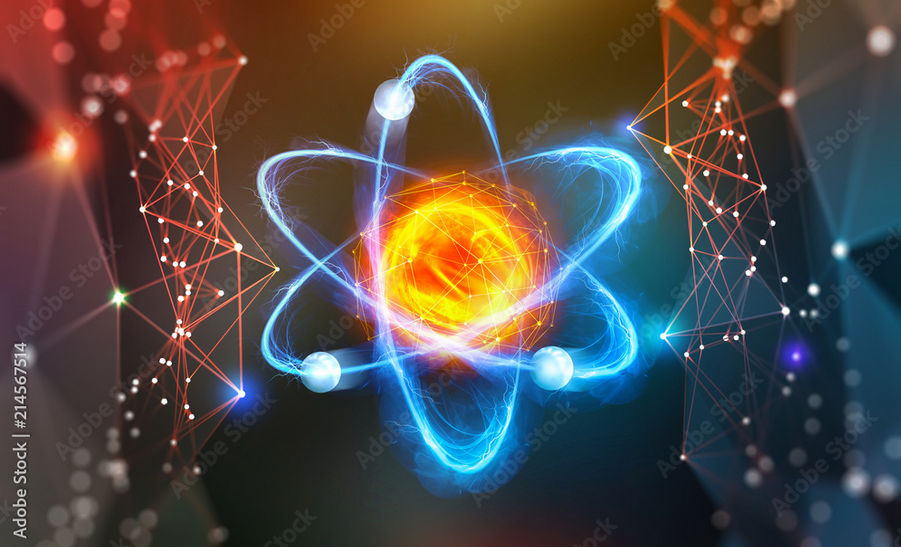
In modern physics, radioactivity refers to the spontaneous process where an unstable atomic nucleus loses energy by emitting radiation in the form of particles or electromagnetic waves, transforming into a more stable nucleus, often accompanied by the release of heat and radiation; this process is known as radioactive decay and is a fundamental aspect of nuclear physics, with key types including alpha, beta, and gamma radiation.
- Unstable nuclei:Only certain atomic nuclei are radioactive, meaning they are unstable and prone to decay, emitting radiation to reach a more stable state
- Types of radioactive decay:
- Alpha decay: Emission of an alpha particle (two protons and two neutrons) from the nucleus, typically occurring in heavy elements. Beta decay: Emission of a beta particle (electron or positron) from the nucleus, changing the atomic number of the atom.
- Alpha decay: Emission of an alpha particle (two protons and two neutrons) from the nucleus, typically occurring in heavy elements.
- Gamma decay: Emission of high-energy gamma rays from an excited nucleus, often occurring alongside ot
- Half-life:The time it takes for half of the radioactive atoms in a sample to decay, a key parameter used to measure the rate of radioactive decay.Applications of radioactivity:
- Radiocarbon dating: Using the decay of Carbon-14 to determine the age of organic materials Medical imaging: Positron Emission Tomography (PET) scans utilize radioactive isotopes to diagnose diseases
- Radiocarbon dating: Using the decay of Carbon-14 to determine the age of organic materials
- Radiation therapy: Utilizing radioactive isotopes to treat cancer Nuclear forces:
- The strong nuclear force binds protons and neutrons within the nucleus, and its instability in certain nuclei leads to radioactive decay.
- Trainer: LOUIS NUWAHA
Under radioactivity, an unstable nucleus will decompose spontaneously, or decay, into a more stable configuration but will do so only in a few specific ways by emitting certain particles or certain forms of electromagnetic energy. Radioactive decay is a property of several naturally occurring elements as well as of artificially produced isotopes of the elements. The rate at which a radioactive element decays is expressed in terms of its half-life; i.e., the time required for one-half of any given quantity of the isotope to decay. Half-lives range from more than 1024 years for some nuclei to less than 10−23 second (see below)

- Trainer: FRANCIS KIJJAMBU

light is defined as natural agent that stimulates sight and makes things visible:
- Trainer: SOLOMON KIWANUKA
